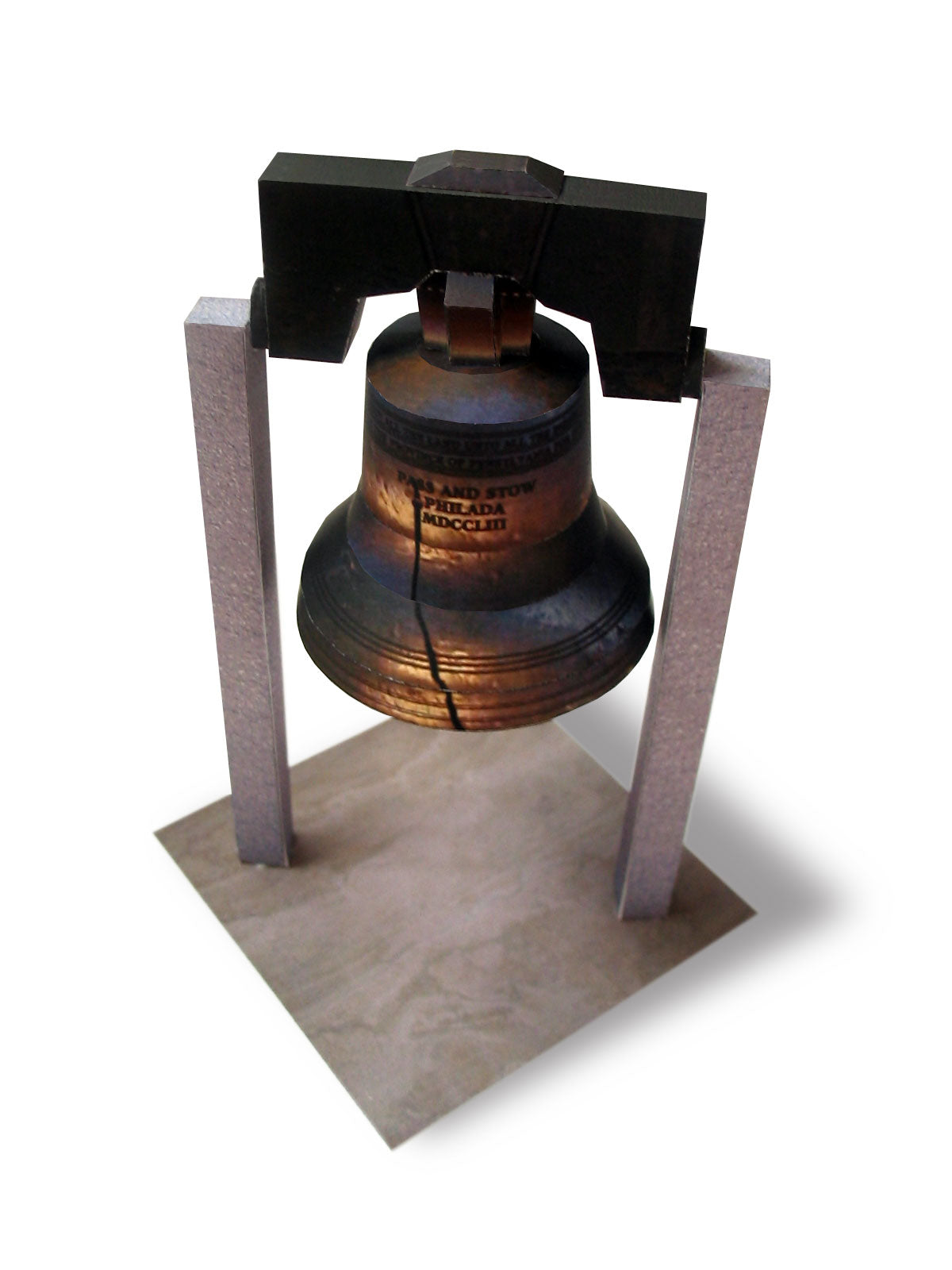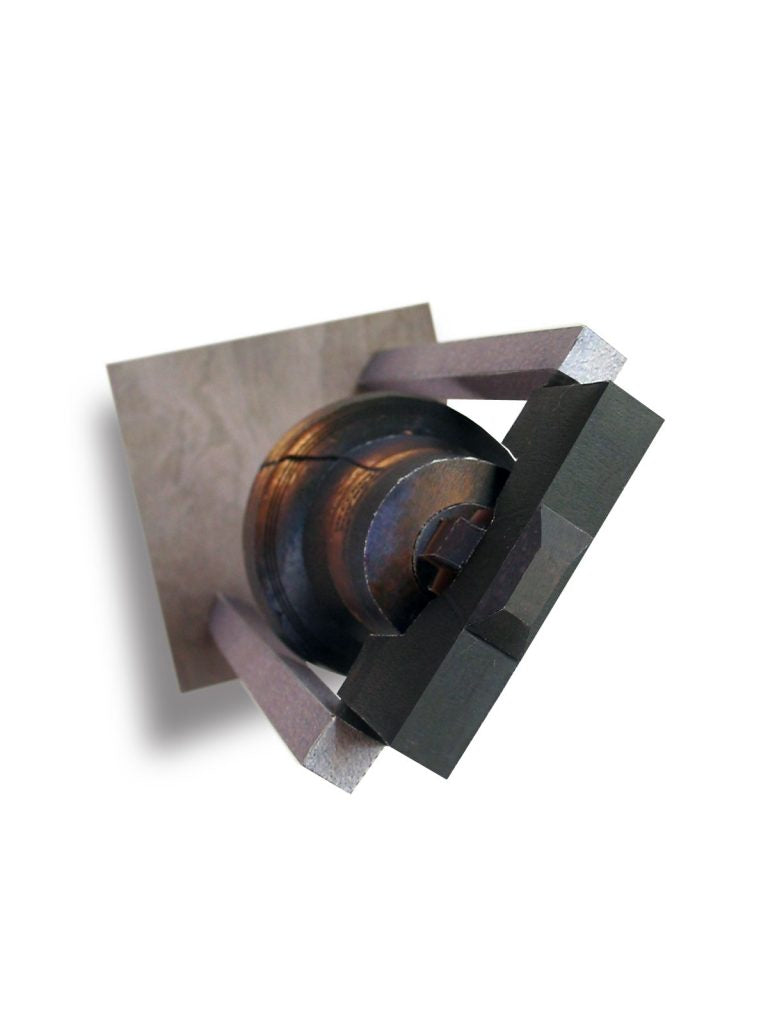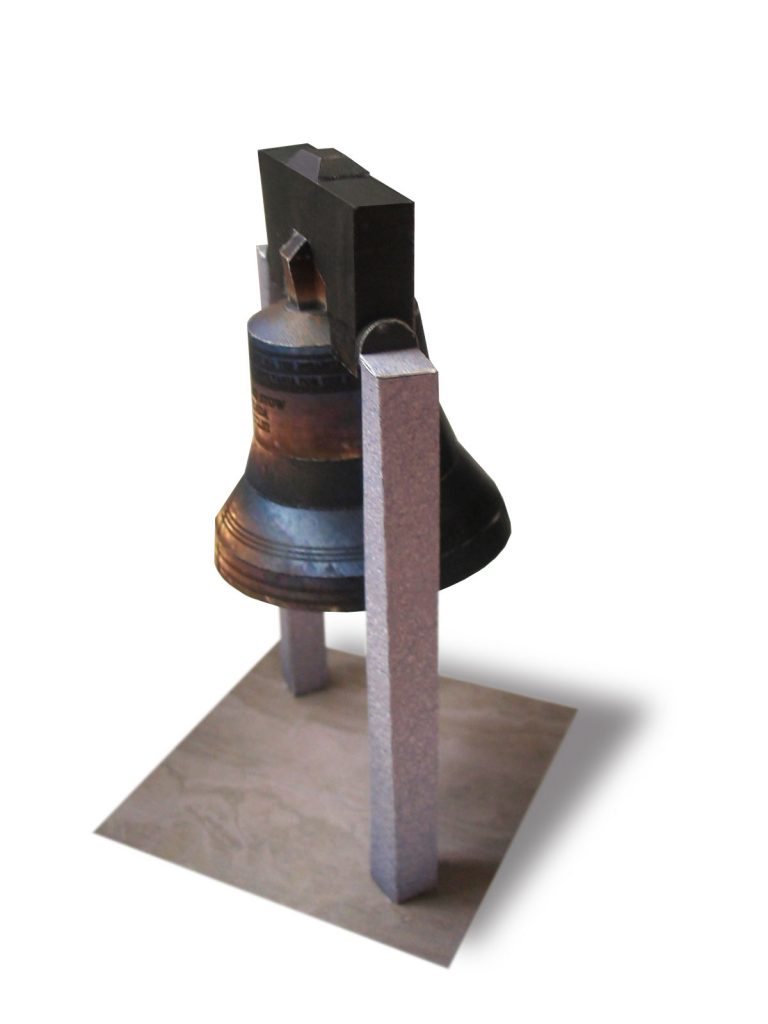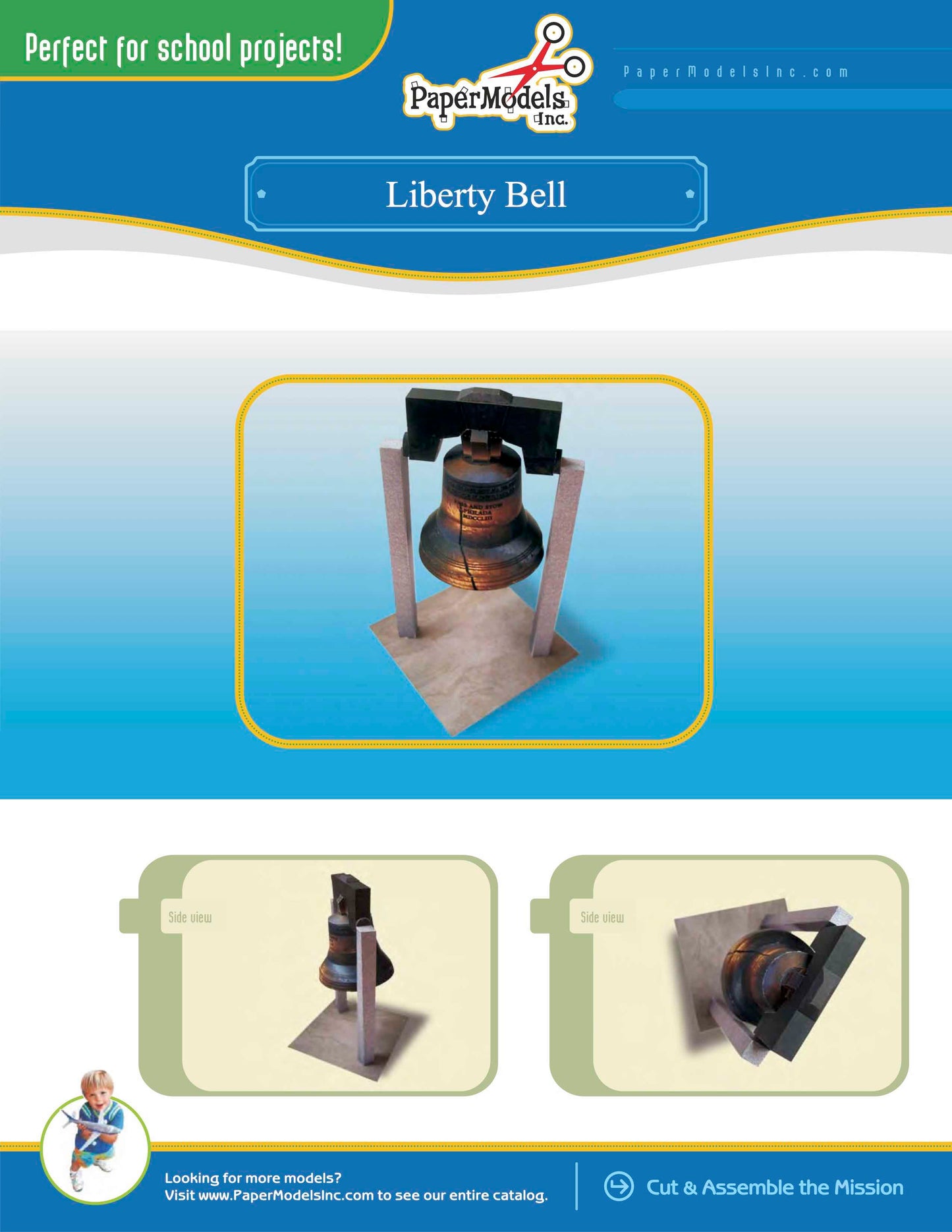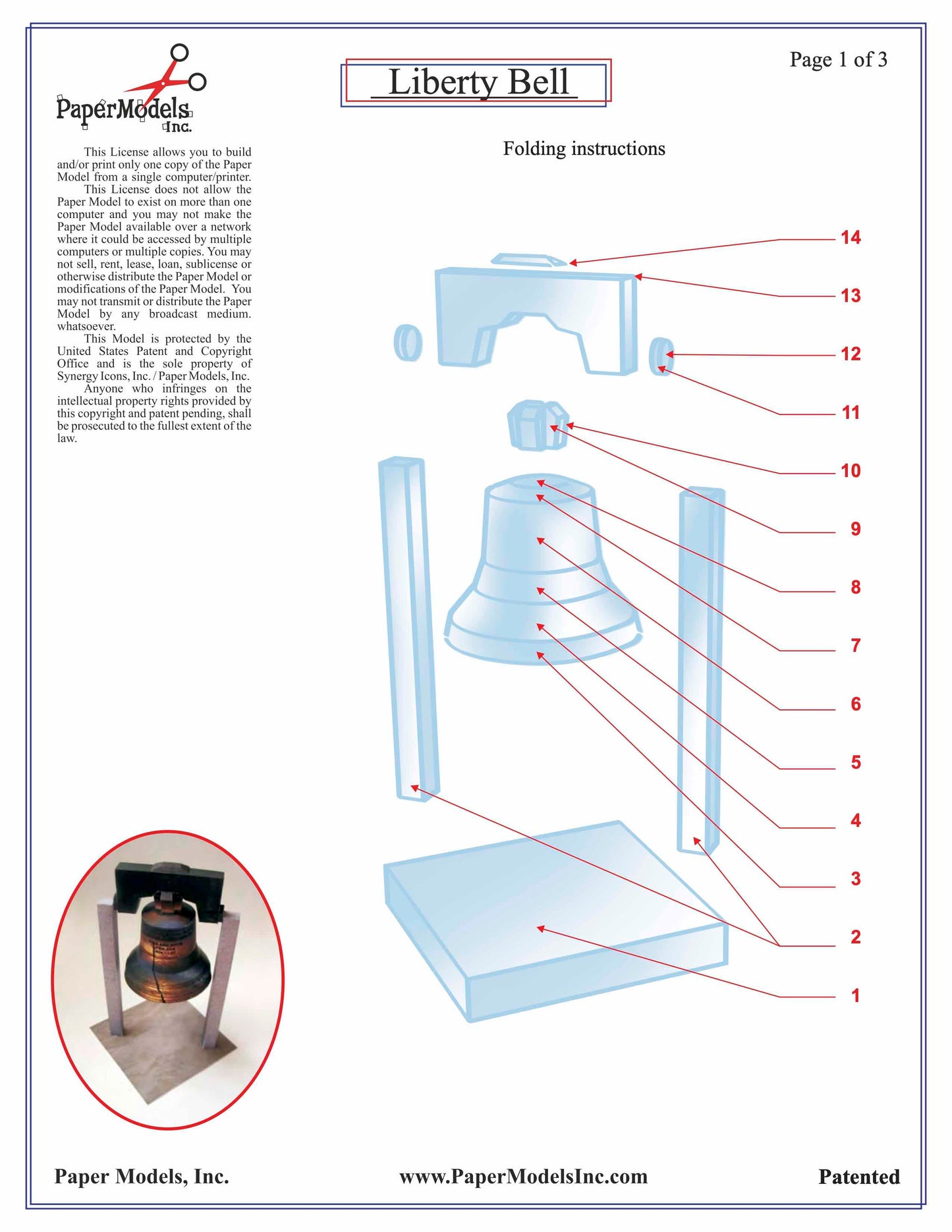Liberty Bell - Philadelphia - Paper Model Project Kit
Liberty Bell - Philadelphia - Paper Model Project Kit
No se pudo cargar la disponibilidad de retiro
🌟 Welcome to Paper Models Online – Your Shortcut to Academic Excellence! 🌟
Are you tired of stressing over last-minute school projects? Look no further! Paper Models Online is here to make your academic life a breeze.
🚀 Why Choose Us?
At Paper Models Online, we understand the pressure of looming deadlines and the desire for that coveted "A" grade. That's why we've crafted the perfect solution for you! Whether you're a student aiming for extra credit, a parent looking for quality time with your kids, or just someone in need of a break from the chaos, our paper models are your ticket to success!
💻 Instant PDF Download OR Pre-Printed & Shipped
You're in control! Choose from our instant PDF download, starting at just $9.95 for the 7"x10" size or $11.95 for the 10"x13" size.
Print it on your home or office printer using regular paper, or opt for the hassle-free pre-printed option. We'll ship it directly to your doorstep for a flat $5 fee via USPS First-Class Parcel, ensuring you get it in 1-3 days!
✂️ Easy Assembly, Maximum Impact
With just a pair of scissors, some glue, and an hour of your time, you can turn these paper sheets into stunning three-dimensional architectural replicas or complete science projects. The images on our website are real models made from our kits, and we even provide a history to help you craft an impressive report.
🎨 Unleash Your Creativity
Not into mission kits? No worries! Our models double as templates for your creative genius. Paint, trace, adjust sizes—your imagination is the only limit! Create a custom masterpiece that reflects your unique style and personality.
🛒 The Buying Process Made Simple
- Choose Your Size: 7"x10" or 10"x13"
- Choose Your Delivery: Instant PDF download or pre-printed and shipped
- Purchase Your Model: It's that easy!

📦 Typical Kit Sample
Each kit includes 8 to 18 pages, providing everything you need to bring the model to life. An "exploded view" guides you through assembly, and a complimentary history adds that extra touch for your report. Impress your teacher not just with creativity but also with your research skills!
Don't let deadlines stress you out. Choose Paper Models Online for your next school project, and let us be Your Best Way To Get An "A"! 🌟
 |
 |
 |
| Exploded View | Sample Pieces | Finished Model |
Free History For Your Report
Liberty Bell
The Liberty Bell, located in Philadelphia, Pennsylvania, is a historical bell and well- recognized symbol of American freedom and independence. The bell started life in 1751 when it was commissioned for use in the Pennsylvania State House (now better known as Independence Hall) by the Pennsylvania Provincial Assembly. It came to the city in the fall of the next year after having been cast by London’s Whitechapel Bell Foundry. Several months later, the new State House still not completed, the bell hung in a public square via scaffolding. The first time the bell was rung, however, it cracked. A replacement bell was quickly cast by Philadelphia residents John Pass and John Stow (their names can be found inscribed on the bell). However, when this second bell proved to have an unpleasant tone, Pass and Stow commissioned a third casting, and this was the cast that ended up hanging from the State House. The two most famous bell rings occurred shortly thereafter, once in 1774 at the opening of the First Continental Congress, and then again in 1175 at the conclusion of The Battle of Lexington and Concord.
The bell remained in Independence Hall for many years afterward, with the exception of 1885-1915, when it was sent by train to cities around the country for exposition. Tragedy almost struck the bell when it was involved in a train collision and derailment in 1902. In 1915, the government decided that transporting the bell proved too much risk, and it was placed back in Philadelphia. In 1976, a replication of the original Liberty Bell, called the Bicentennial Bell, was gifted to The United States by Queen Elizabeth II; this bell was hung in a nearby modern-day tower.
In 2003 The Liberty Bell Center, a new home and exhibition hall for the bell, was constructed just a short distance from Independence Hall. Today, the new center, along with Independence Hall, National Constitution Center, and Independence Mall are all apart of Independence National Historical Park, and can be visited for free every day of the year, except Christmas.
© Copyright – Paper Models, Inc. – All Rights Reserved
Share
